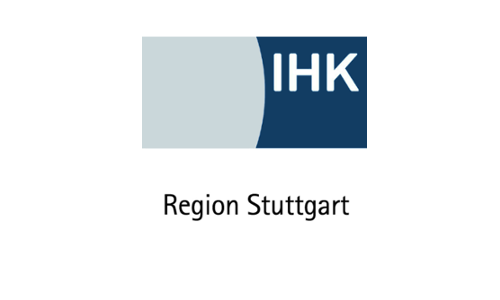Take a look at our projects to see what great collaboration can achieve and what experience we bring to future projects!
Selected Projects
| Project | Description | |
|---|---|---|
| CityCount Section 2.1 | Feasibility study for a mobile and cost-efficient counting device for monitoring non-motorized traffic in cities. |  |
| Automatic Road Condition Detection Section 2.2 | Feasibility study for automatic and cost-efficient condition and inventory monitoring of the German Autobahn. |  |
| Wildlife Urban Interface Monitoring Section 2.3 | Concept for a data service that provides highly specialized and structured information on insurance objects based on satellite imagery. |  |
| Open Source Video Annotation Tool Section 2.4 | Developing an open source software for the efficient annotation of video data specifically for the traffic sector. |  |
| Corona-Live.de Section 2.5 | Provide regional (Kreisfallszahlen) up-to-date COVID-19 data during the early phase of the pandemic. | 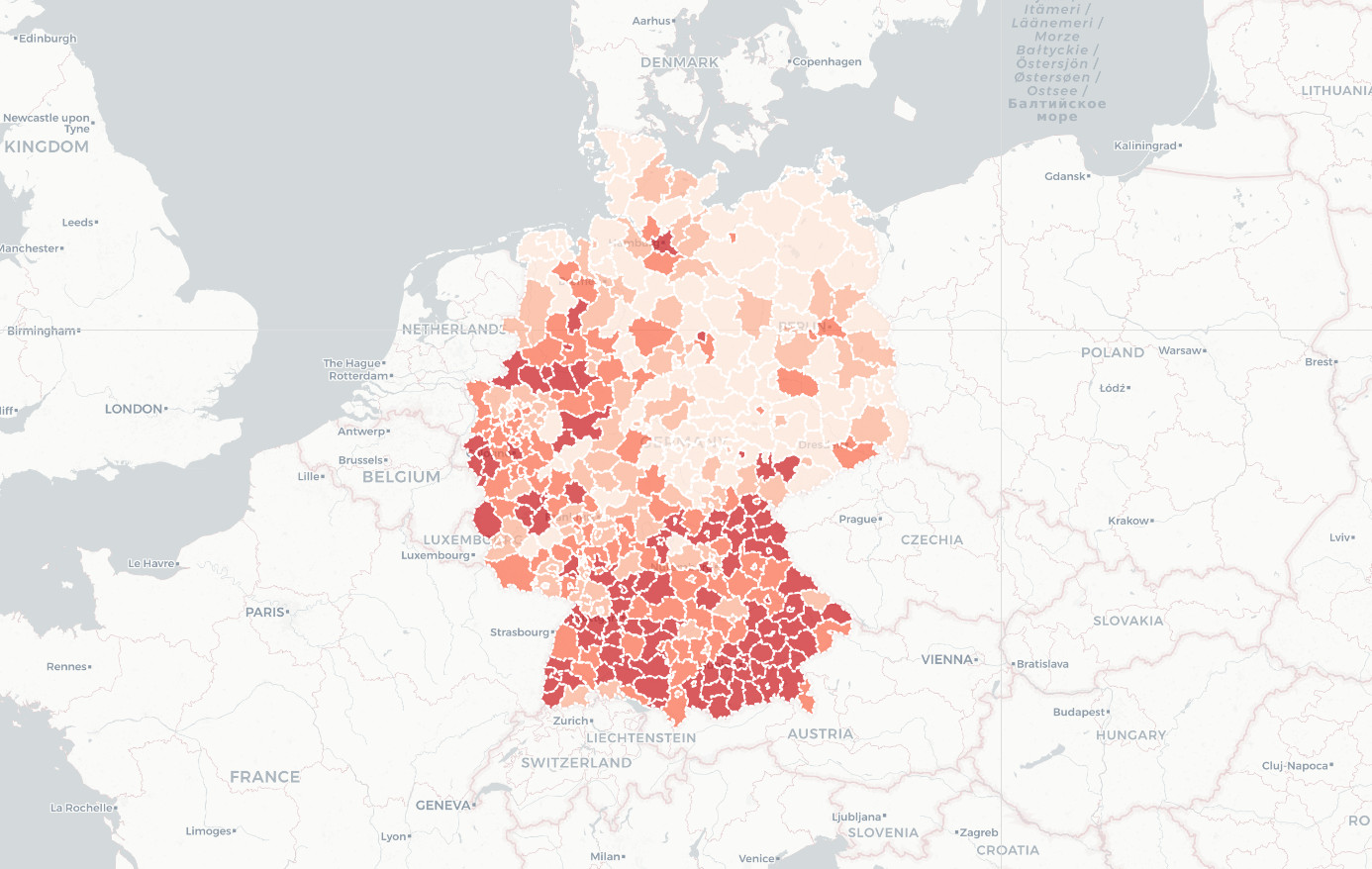 |
| Jupyter Hub IHK Stuttgart Section 2.7 | Provision of browser-based development environment for over 30 course participants | 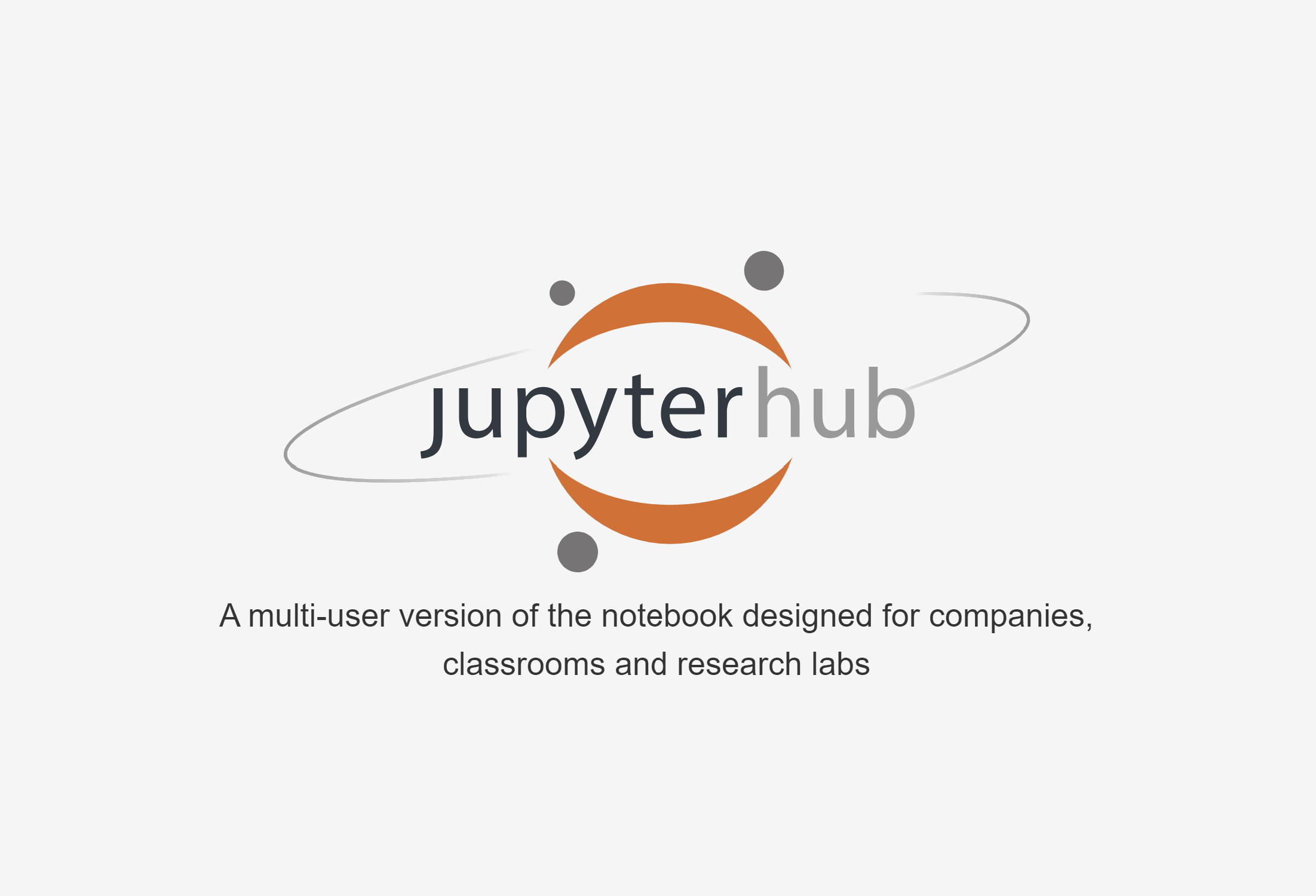 |
Project List
CC (10/21 – 09/22)
CityCount (CC)

Problem Statement
Inner-city traffic is changing towards climate protection-oriented mobility solutions. City traffic management intensively pursues the increase of non-motorized traffic. At the moment, no technology exists that can automatically monitor different and new classes of traffic participants, such as cargo bikes or e-scooters. Data about current traffic volumes is required by cities to evaluating planning measures and seek solutions for future traffic management.
Project Goal
The goal of this study is to investigate the potential of a cost-efficient mobile counting device for monitoring non-motorized, mixed traffic. The development is based on the real-time evaluation of video data using machine learning (ML) methods in the field of computer vision. Specifically, the development includes the extraction of motion patterns via multi-object-tracking (MOT). The obtained tracks are not only used to derive a traffic count but can also be used to analyze the motion patters of traffic participants (e.g. turn movement).
Project Approach
As part of the feasibility study, the requirements for use cases and data provision were first determined in exchange with the associated partners (state capitals of Düsseldorf, Erfurt, Magdeburg and the city of Cologne). Based on the requirements analysis, the concept for the mobile counting device was developed. The overall system includes hardware, an AI model which performs multi-object-tracking in real-time, a subsequent post-processing step for extracting the traffic count data, and the data provision via a dashboard for the user.
In the course of the project, the individual components were examined for technical feasibility. At the end of the project, a sample data set was published in the mCLOUD, and further development possibilities and future application for inner-city traffic monitoring were discussed.

Project Details
- Project on BMDV website
- FKZ: 19F1084A
- Project Volume: 142.857 €
- Project Duration: 10/2021 – 09/2022
- Associated Partners:
| Landeshauptstadt Düsseldorf, Amt für Verkehrsmanagement | Landeshauptstadt Erfurt, Tiefbau- und Verkehrsamt, Abteilung Verkehr |
|---|---|
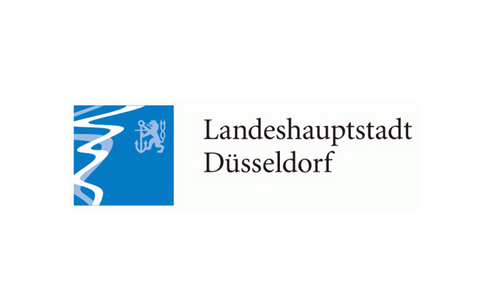 |
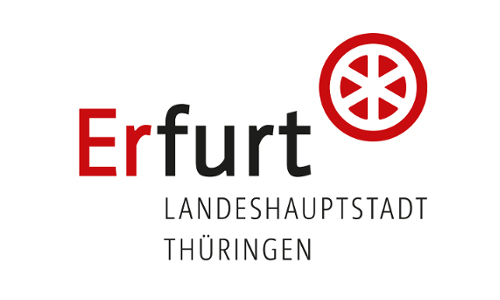 |
| Landeshauptstadt Magdeburg, Dezernat VI, Dezernat für Stadtentwicklung, Bau und Verkehr | Stadt Köln, Abteilung Verkehrsplanung, Amt für Straßen und Verkehrsentwicklung |
|---|---|
 |
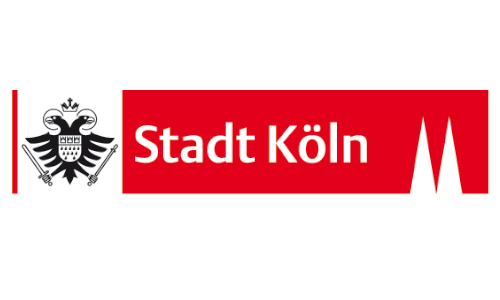 |
ARC-D (12/19 – 12/20)
Automatic Road Condition Detection (ARC-D)

The research project with Palaimon on automatic road condition detection “ARC-D” addresses the complex topic of digitization of the road environment, which ideally complements our technology and innovation interests - S. Schulz, Hessen Mobil
Problem Statement
Currently, there is no automated collection of road condition data for the German Autobahn. An up-to-date database and automated assessment of the quality of individual stretches of highway is be important to initiate suitable maintenance measures at an early stage and, thus, prevent cost-intensive long-term damage. A well-maintained highway network also holds great economic potential, for example in the field of autonomous driving.
Project Goal
The project goal is to create a basis for automatic and cost-efficient condition and inventory monitoring of the German Autobahn network by using artificial intelligence (AI) and machine learning (ML) methods (feasibility study). This will lay the foundation for generating a digital twin of the Autobahn. By using AI algorithms in the field of computer vision, a comparison between the actual condition and the digital twin (anomaly detection) can then take place. In this way, relevant information for Autobahn operations, such as lane conditions or signage, can automatically be detected and extracted from the data.
Project Approach
Video data from test routes are annotated in close cooperation with Hessen Mobil and automatically evaluated using Deep Learning methods in the field of image processing. For this purpose, various machine learning models are trained and the algorithms are extended according to the specific problem. In this way, changes to static objects, such as crash barriers, are automatically detected. The long-term viability of the concept is tested with the involvement of the Autobahn GmbH of the federal government.

Project Details
- Project on BMDV website
- FKZ: VB18F1043A
- Project Volume: 124.996 €
- Project Duration: 12/2019 – 12/2020
- Associated Partner:
| Hessen Mobil Straßen und Verkehrsmanagement, Wiesbaden | Die Autobahn GmbH des Bundes, Berlin |
|---|---|
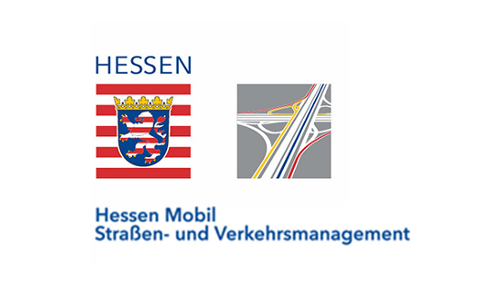 |
WUI (10/18 – 09/19)
Wildlife Urban Interface Area Monitoring - WUI

Prototyping area monitoring based on Big Data from remote sensing sources (e.g. satellite images, social media data) in combination with advanced Artificial Intelligence and Machine Learning methods running in the cloud.
Problem Statement
Innovations in the insurance industry are strongly driven by technological advancements. Due to the digitalization of information an unprecedented flood of raw data exists. The increase in data (Big Data), however, can often only be made accessible and usable for business purposes with adequate methods. Recent developments in the field of cloud computing and machine learning (especially Deep Learning) allow to extract and classify complex patterns, thus, help to automatically extract information from raw sensory input data, e.g. from satellite images. Such a machine learning pipeline allows insurances to save costs and increase customer satisfaction.
Project Goal
The project goal is to develop a data service that provides highly specialized and structured information on insurance objects to enable rapid processing of orders and claims settlements. As data sources, we relied on remote sensing, weather and social media data, which we processed using self-adaptive deep learning and machine learning algorithms.
Project Approach
Remote sensing, weather and social media data were combined to automatically detect changes in diverse objects such as buildings, infrastructure, or agricultural land. These changes can be triggered by man-made disasters and natural catastrophes, or they can result from planned restructuring. This includes, for example, a spoiled grape harvest or the demolition or expansion of a residential building. Until now, affected policy holders had to approach the insurance company themselves to fill a claim and provide the information necessary to calculate the appropriate settlement. The new process saves time and money leading to higher customer satisfaction.
Project Details:
- Press Release Universität Konstanz
- Project Duration: 10/2018 – 09/2019
- Partner: Universität Konstanz
OS-VAT (01/21 – 12/21)
Open Source Video Annotation Tool - OS-VAT

Problem Statement
Due to advances in Deep Learning, environmental and behavioral quantification based on video data becomes widely used and more cost-efficient. One of the main barriers in the adoption of these new technologies is the difficulty to provide sufficient high-quality sample data to train machine learning algorithms. This project advances efficient video annotation by expert users. By focusing on example data from the traffic and urban domain, it will especially support measures in traffic and urban planning. e.g. for cyclists, e-scooters, and pedestrians.
Project Goal
In order to utilize the potential of video data in the traffic sector, Palaimon develops software for the efficient annotation of video data, specifically for traffic monitoring purposes. By enabling an efficient annotation of video data, this project creates a basis on which AI can optimally by used as a key technology in the traffic sector. The development as open source software ensures that the results are accessible to the broad public, can be applied in other projects, and extended and customized by users.
Project Approach
Within the targeted project scope and project volume, a representative use case in the transportation sector is extracted. On this basis the annotation software is developed iteratively. It is examined into which subtasks the annotation process can be decomposed in order to create the best possible annotation environment for humans. Close cooperation with relevant stakeholders, such as the associated partners Autobahn GmbH des Bundes and the Ministry of Transport Baden-Württemberg, ensures that the software is developed to meet the needs of the target group.

Project Details
- Project on BMDV website
- FKZ: 19F2160A
- Project Volume: 71.226 €
- Project Duration: 01/2021 – 12/2021
- Associated Partner:
| Ministerium für Verkehr Baden-Württemberg - Referat 24: Erhaltung und Ingenieurbau | Die Autobahn GmbH des Bundes, Berlin |
|---|---|
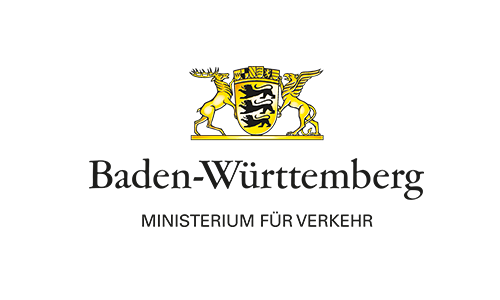 |
Corona-Live.de
Up-to-date COVID-19 counts - Corona-Live.de

Automated, high-resolution and up-to-date data collection of regional COVID-19 case counts. Data was requested from regional crisis management teams for planning purposes.
Problem Statement
At the time of the project no aggregated up-to-date regional (Kreisfallzahlen) COVID-19 data were available in Germany.
Project Goal
The goal was to provide regional up-to-date COVID-19 data during the early phase of the pandemic. We aggregated the data to improve data availability and provided it for easy use and planning purposes.
Project Approach
We automatically retrieved the COVID-19 counts from a diverse set of federal state websites which we aggregated and made available as an interactive map and as CSV download.
Project Details
Cheetah
Wildlife Animal Categorization

To improve the categorization of wildlife animals caught in photo traps, deep-learning-based automatic image categorization is used in this project.
Problem Statement
Photo traps are an important information source for wildlife protection efforts. Cameras take thousands of pictures of wildlife animals which need to be categorized. Due to the large amount of images, this is a very time-consuming manual process.
Project Goal
The project goal is to automatically classify the wildlife images with the help of state-of-the-art deep learning models.
Project Approach
Together with wildlife experts, domain knowledge is used in the image annotation process (see also our annotation library ipannotator). With the high-quality annotated images, deep learning models are trained to recognize individual animals. Palaimon initiated this project, which is realized in cooperation with the Cheetah Conservation Fund (CFF) and the TU Berlin. Palaimon contributes both expert knowledge in the field of machine learning modeling and cloud-computing resources (GPUs).
Project Details
- Project Duration: 02/2020 – running
- Partner:
| TU Berlin | Cheetah Conservation Fund (CCF) |
|---|---|
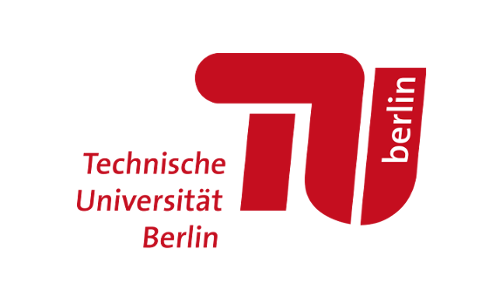 |
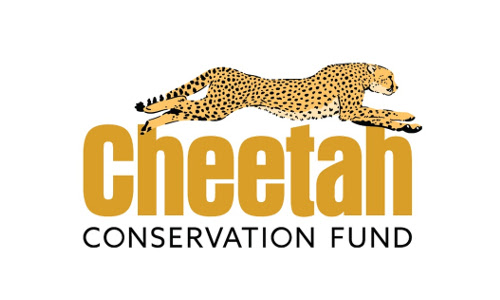 |
IHK Stuttgart (02/20 – 12/20)
Problem Statement
When a diverse group of employees works on a common machine learning task, onboarding is expensive if each members has to individually install and configure software libraries on their computers. The result is often that the development environments have different configurations, such as different version of the same library, or some team members have difficulties installing libraries which can be very time-consuming to resolve. As a consequence the same code may not run on other computers due to different development environments.
Project Approach
A browser-based development environment allows each team member to access their unique account where all required libraries are pre-installed. All team members are guaranteed to work with the exact same development environment which avoids conflicts and tedious installations, while updates can be managed centrally. The system is professionally managed and provides all needed resources. Moreover, project documents can be shared via the platform.
Service for the IHK Stuttgart
Palaimon provided an online browser-based development environment for over 30 course participants for the course duration. The service included onboarding and access management of the users. No installations or maintenance for the course participants and instructor were required.
Working with the pre-configured environment from Palaimon saved a lot of time - a course participant”
Project Details
- IHK Stuttgart WorkCamp
- Project Duration 02/2020 – 12/2020
- Partner: IHK Stuttgart
